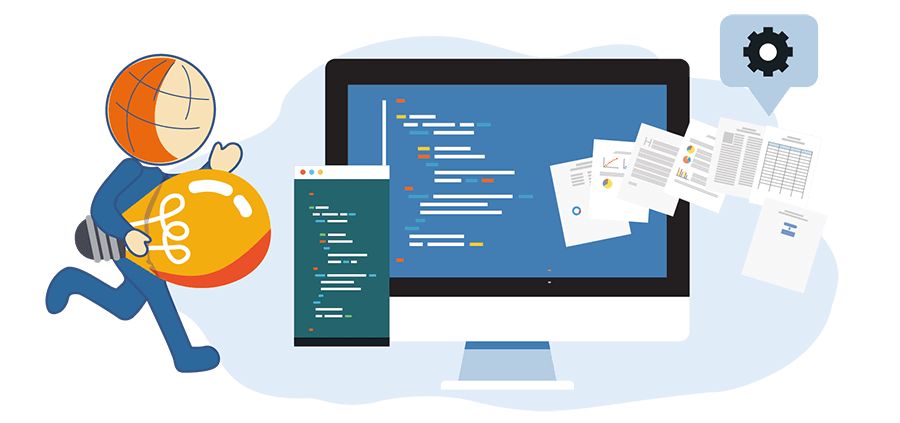
VS Code & IBM i (aka AS/400 or AS400) with ARCAD for DevOps
What is VS Code?
Visual Studio Code (aka VS Code), the most popular IDE, is a fast, lightweight, extensible Code Editor and platform for “full stack” developers. It is free and open source. With a ton of extensions available, VS Code can be used to write code for backend, frontend, web apps, literally anything across the entire spectrum of development.

What are the benefits of VS Code on IBM i?

Today, thanks to the Code for IBM i and ARCAD for DevOps extensions, VS Code is now production-grade on IBM i. VS Code improves productivity and quality of traditional IBM I development: RPGLE and COBOL of course (but also CL, DDS, CMD, etc.) with multiple tools to analyze code, debug, refactor, build, test, and deploy.
VS Code offers some key advantages to IBM i developers:
VS Code is managed locally, so every developer is free to extend VS Code with any language or framework they choose; this is a level of freedom and flexibility expected by the modern developer today.
Many new open-source extensions are being developed by the IBM i community, providing access to a wealth of knowledge and resources for developers

Why use the ARCAD for DevOps extensions to VS Code?
Thanks to its open and modular architecture, the ARCAD stack brings a transparent integration to VS Code on IBM i. That is, using the ARCAD extensions to VS Code, IBM i developers gain an unprecedented level of automation in the use of Git, Jenkins and other DevOps tools. This brings two major benefits:

Today, ARCAD extensions offer the following features:
ARCAD is constantly adding more IBM i features to VS Code in the form of extensions. These features are released both for local VS Code and for the cloud-based Merlin IDE.
Coming soon to VS Code is:

Can a mix of IDEs be used inside my IBM i development team?
The ARCAD for DevOps stack supports mixed IDEs – any one IBM i team can have a mix of 5250, RDi, Merlin, VS Code: literally any other editor that can save to a PC file (e.g. Notepad++, IntelliJ, etc.) in use at any one time over the same Git repository.
Read more in these articles:

























